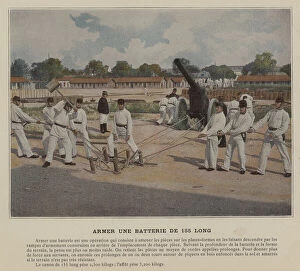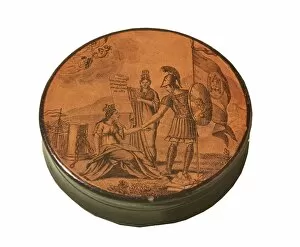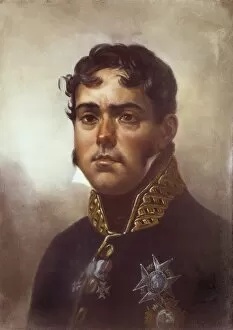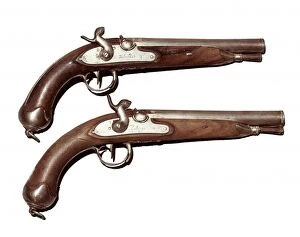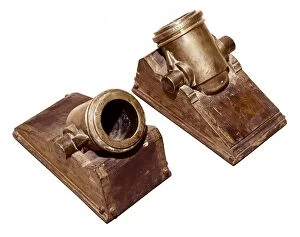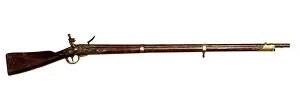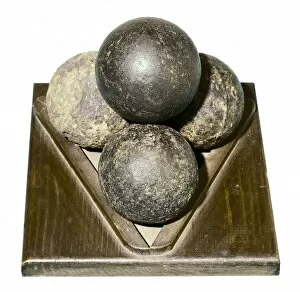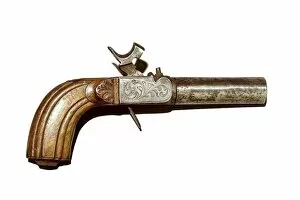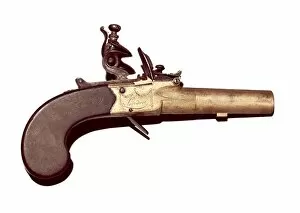Armer Collection
"Armer: A Glimpse into the World of Arms and Warfare" Step back in time with a coloured photo capturing the moment when a Battery de 155 Long is being armed
For sale as Licensed Images
Choose your image, Select your licence and Download the media
"Armer: A Glimpse into the World of Arms and Warfare" Step back in time with a coloured photo capturing the moment when a Battery de 155 Long is being armed. The tower brand rifles, muskets, carbines, and guns stand tall, ready for action. Among them, a Belgian gun catches our eye with its unique folding bayonet - a true marvel from Vitoria, Spain. Ignacio Alberdi's masterpiece from 1851 takes center stage as we delve deeper into the art of armament. This Spanish-made gun showcases exquisite craftsmanship that has stood the test of time. Traveling to Rue de l'Armed Man (now rue des Archives), we uncover an intriguing piece of history. The street name itself teaches us about the importance of being armed - an essential lesson passed down through generations. The mention of "The Infernal Machine" reminds us that arms can be both destructive and powerful tools. It serves as a stark reminder of the consequences that come with wielding such force. Venturing further into Spain's rich history, we discover snuff boxes adorned with allegories depicting their love for weaponry during 1812. These intricate pieces offer glimpses into their culture and values at that time. Pablo Morillo emerges as a prominent figure in this narrative - a Spanish general who played his part in shaping military strategies during his lifetime (1755-1837). His legacy lives on through stories told by those fascinated by warfare tactics. Ramon Zuloaga's stamped guns take us on yet another journey through time. Transformed in 1822 to adapt to changing needs, these weapons represent innovation within armament design. Curved sabers once belonging to army officials evoke images of honor and bravery on battlefields long gone but not forgotten. Each blade carries tales untold yet etched within its steel surface.

